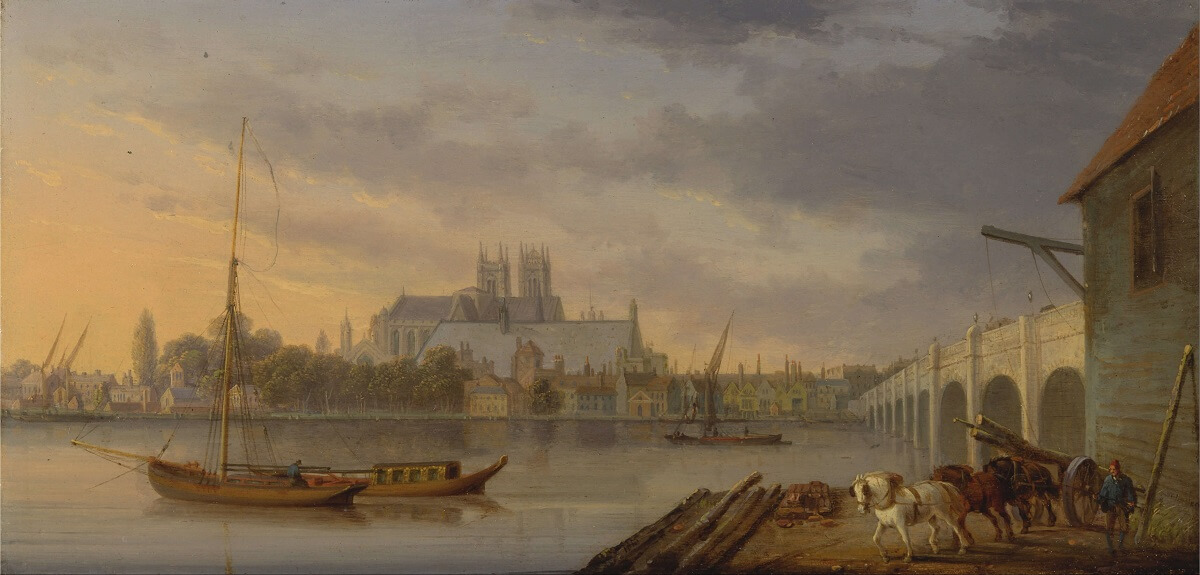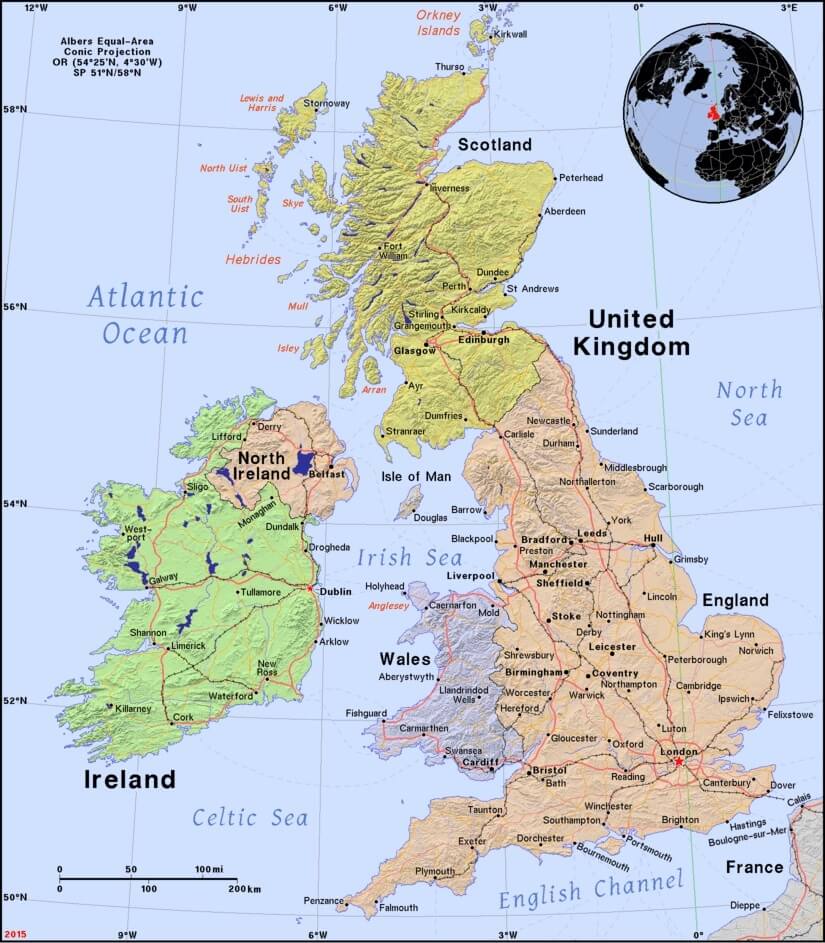 Poetic Forms
Poetic Forms
Poetic Forms
Poetic Forms


 Poetic Forms
Poetic Forms
Poetic Forms
Poetic Forms

Study the poem for one week.
Over the week:
Poems often adhere to specific poetic forms, defined as 'poems following distinct sets of rules.'
The nine poetic forms we'll study include the:
Although we'll not delve into the details, listed below are six common types of sonnets:
Petrarchan sonnets such as Wordsworth's follow the listed rules:
Activity 1: Recite the Poem Title, Poet Name, and Poem
Activity 2: Study the Poem Picture
Study the poem picture and describe how it relates to the poem.

Activity 3: Narrate the Poem
Activity 4: Map the Poem


Activity 5: Explore Personification
Activity 6: Discuss Inspiration
Activity 7: Complete Book Activities
